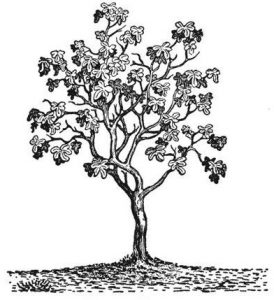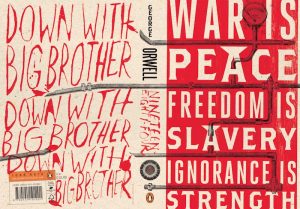WARNING: SA Mention
Now that I have finished The Sleeping Dragon by Joel Rosenburg, I can say with certainty this book is a mixed bag. So let’s go over all of it.
The Good: The characters and their interactions are done very well. A majority of this novel is conversation and internal dialogue based. The world described around them in their journey is vivid. Rosenberg clearly put in the time for this. The whole concept of them battling it out near constantly with their characters for how they react to something. The stakes are made incredibly clear with Jason’s death in the fifth chapter. And Jason stays dead, and the rest of them don’t even get time to process because they are being chased by his killers.
Everyone in the main cast aside from Karl are also in this category because they are actually likable. Doria faces some deep internal struggle with her cleric role due to her lack of faith after past events in her life. I would have loved to see more into her mind. Similarly with Andrea. Her desire to cling to her original identity and her value in herself are admirable, and I found myself wanting more stuff focused on them. Riccetti’s reaction to Jason’s death is a great example to how trauma can manifest in different ways. It is also a good example of how easy sliding into unhealthy coping mechanisms can be. As the group leader, James refuses to accept passages even with guards drawing near if it means Doria will be put in a position that makes her uncomfortable. She agrees to it, but James was more than willing to go at least three to one based on her boundaries. Walter repeatedly defends the women’s choices, tells Karl he’s a POS for being a slut-shaming incel, and sees the girls as actual people. He’s much more emotionally vulnerable than most of the other guys and is shown to actually care about the people around him.
The Bad: How this book treats women. A lot of the game-world characters’ actions towards the girls range from gross to abhorrent. We’re never actually given full access to the thoughts of the two women. The only two characters who seem to actually respect women in this are James and Walter. Riccetti is indifferent to everyone post Jason dying.
Karl is the problem. He slut-shames Doria when she is hesitant to accept the advances of the Captain of the ship.
“I don’t see your problem. After all, you’re always willing to make it with practically any-” (Rosenburg, 83).
Which he rightfully gets slapped in the face for. He is genuinely in shock when Walter tells him that slut-shaming is bad and women are allowed to have sex of their own free will.
“Maybe, just maybe, there’s nothing wrong with a woman–or man, for that matter–having sex with somebody she likes, for her own damn reasons, not yours. And not because it’s a reward, just because she wants to.”
“So?” He rubbed his eyes. It was… confusing” (Rosenberg, 91).
And then when he learns that Andy had sex with Walter, he has what is essentially a big temper tantrum and tries to kill Walter. The Barak part of Karl calls Andy his woman and Karl doesn’t correct him. He doesn’t say “Andy is her own person, she and I aren’t even dating.” No, all he says is essentially “If we do this she’ll never be my woman” with little regard to the fact Andy has already rejected him.
Karl acts like Andy cheated on him when they aren’t even dating. Like she’s his property that Walter has sullied. He temporarily considers sleeping with Doria (who in the other world he’d hooked up with once than ghosted and he’s willing to do that regardless of how she’d feel) for the sole reason of attempting to hurt Andrea. Karl COULD be an interesting character, if he stopped getting in his own way and essentially shooting himself in the foot repeatedly.
The “I Hate It Here”: This ties into the Bad. There is a scene towards the end of the book after they are captured by slave traders. The slave traders separate Andy and Doria from the guys. It thankfully isn’t graphic, but the novel makes sure to let you know exactly what happened to the girls, that their friends had to hear their screams for hours. Here’s the thing: you can write about this, but you need to have tact and be respectful. There are many books that deal with SA in a respectful and sensitive manner that tackles how serious of a topic it is and the lasting impacts it has.
This is not one of those books. While not graphic about, there is a certain almost exploitive feeling to it. And because we never get to be in the women’s heads, we don’t get a reflection on how they feel, their emotions, etc. We just get to know about how it made the guys feel. When Karl is talking to Andy about what happened, the focus is about Karl and how HE feels, not about the intense trauma that just happened to Andy. It is gratuitous and only used to further the men’s character arcs.
This book has a lot of good things going for it, but some of its flaws are glaring enough that hold it back.
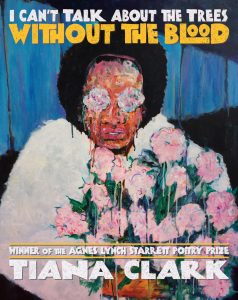
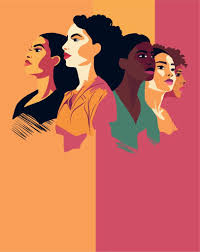 azing,” which is meant to show how female personal essayists are treating immensely different than male essayists. Febos, the author of the book I am currently reading, goes over her experience as a personal essayist and her workshops that involve female essayists reading their own work. While Febos often gives them critiques stating that they should add more of themselves to the work, often there is a cringe of the thought about writing more about themselves, often with a statement afterwards stating, “I don’t want to come off as self absorbed, you know, navel-gazing.” Not knowing what “navel-gazing” was, I searched the definition and was met with the following statement, Navel-Gazing (n.): Self indulgent or excessive contemplation of oneself or a single issue, at the expense of a wider view; (adj.) Engaging in or characterized by self indulgent or excessive contemplation of oneself or a single issue, at the expense of a wider view.” A stereotype of female personal essayists is the fear of having their essay not taken seriously and seen as a diary. However, very few diaries are published and the people who want their work published go through multiple editors, work with publishing agency, and advertise the book. With a diary, it is descreet and hidden away from the public eye. However one may ask, why is this a feminist issue? As Febos puts it in her book:
azing,” which is meant to show how female personal essayists are treating immensely different than male essayists. Febos, the author of the book I am currently reading, goes over her experience as a personal essayist and her workshops that involve female essayists reading their own work. While Febos often gives them critiques stating that they should add more of themselves to the work, often there is a cringe of the thought about writing more about themselves, often with a statement afterwards stating, “I don’t want to come off as self absorbed, you know, navel-gazing.” Not knowing what “navel-gazing” was, I searched the definition and was met with the following statement, Navel-Gazing (n.): Self indulgent or excessive contemplation of oneself or a single issue, at the expense of a wider view; (adj.) Engaging in or characterized by self indulgent or excessive contemplation of oneself or a single issue, at the expense of a wider view.” A stereotype of female personal essayists is the fear of having their essay not taken seriously and seen as a diary. However, very few diaries are published and the people who want their work published go through multiple editors, work with publishing agency, and advertise the book. With a diary, it is descreet and hidden away from the public eye. However one may ask, why is this a feminist issue? As Febos puts it in her book: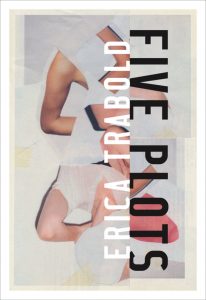
 The Yellow Wallpaper
The Yellow Wallpaper  The Bell Jar
The Bell Jar 